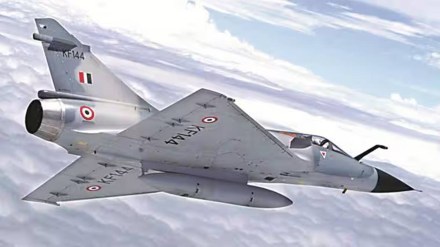In the rugged heights of Indian-controlled Kashmir in 1999, the Kargil War unfolded as a significant yet often overlooked border clash between India and Pakistan. Lasting seventy-four days and resulting in over a thousand casualties on each side, this conflict remains a crucial milestone in Indian military history. It exemplifies the kind of lower-intensity border skirmishes that could recur in the future, considering the constraints imposed by nuclear deterrence on higher-stakes confrontations.
The Seeds of Conflict:
The Kargil conflict’s roots were sown in March and April 1999, when determined units of the Pakistan Army crossed the Line of Control (LoC) into the contested Kashmir region. Led by General Pervez Musharraf and Lieutenant General Mohammed Aziz, Pakistan’s senior military leaders planned to obstruct India’s sole line of communication to troops on the Siachen glacier. The aim was to internationalize the Kashmir issue and gain control of the vital national highway NH1A running from Srinagar through Kargil to Leh, which provided access to the IAF’s airfield at Thoise.
Airpower in Joint Warfare
The Kargil conflict offered a valuable case study on the effective use of airpower in joint warfare, particularly in challenging high mountain terrains. The Indian Air Force (IAF) played a crucial role in providing cover and support to the ground forces, showcasing its capabilities, limitations, and interactions with India’s civilian leadership during this intense war.
The Role of 77-B Bofors
The 77-B Bofors gun emerged as a game-changer during the Kargil War. Despite facing controversy in the past, this cannon proved its mettle on the battlefield, forcing Pakistani soldiers to retreat from their positions. The devastating Bofors shells caused heavy damage to enemy bunkers, providing essential security cover to Indian troops.
Artillery’s Impact
The Battle of Kargil witnessed an unprecedented display of artillery power. Indian Artillery fired an astounding 2,50,000 shells, bombs, and rockets. The 286 Medium Regiment fired 18 gun barrels in just 25 days, continuing their assault operation with new gun barrels from the 163 Medium Regiment. This relentless barrage demonstrated the Indian Army’s determination to reclaim the occupied territories.
MiG-21: Operation ‘Safed Sagar
During the conflict, the Indian Air Force bolstered the Army’s efforts with its MiG-21 fighter aircraft under Operation ‘Safed Sagar.’ These aircraft played a vital role in providing air support and maintaining air superiority during the war.
The Kargil War, despite being overshadowed by other conflicts, holds immense significance in Indian military history. Its lessons on the uses of airpower in joint warfare, the impact of artillery, and the critical role played by the 77-B Bofors and MiG-21 aircraft provide valuable insights into India’s military capabilities. As we commemorate the victory on Vijay Diwas (July 26), let us not forget the indomitable courage and bravery of the Indian Army, whose dedication and sacrifices secured a significant triumph on the heights of Kargil.
